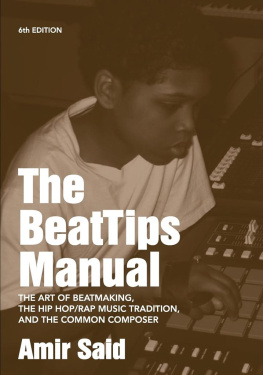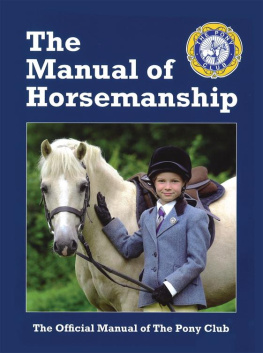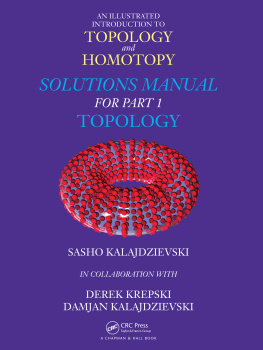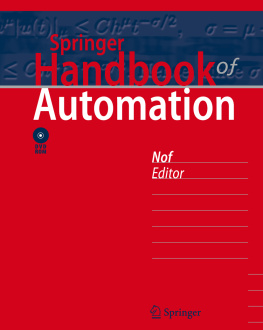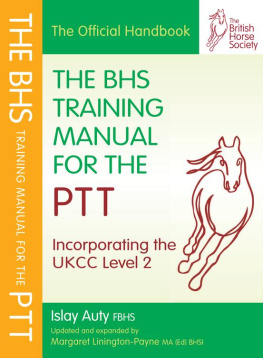
The BeatTips Manual: The Art of Beatmaking, the Hip Hop/Rap Music Tradition, and the Common Composer
By Amir Said
Copyright 2013, 2016 by Amir Said.
A Superchamp Books Sixth Paperback Edition
All rights reserved.
No part of this book may be reproduced in any form by any electronic or mechanical means, including information storage and retrieval systems, without the expressed written permission of the publisher, except by a reviewer, who may quote brief passages in a review. Published by Superchamp Books, Inc.
P.O. Box 20274, Brooklyn, New York 11202-0274. www.beattips.com; Twitter: @BeatTipsManual; Facebook: BeatTips
BeatTips is a product and trademark of Superchamp Books, Inc.
BeatTip is a trademark of Superchamp Books, Inc.
Assistant Editor: Amir Ali Said
Photographs:
Front Cover photo by Amir Said Copyright 2009, 2013 Amir Said
Interviewees photos by Amir Said Copyright 2006-2009, 2016 Amir Said
Back Cover photo of author by Amir Said 2016 Amir Said
Cover, Design, and Layout by Amir Said Copyright 2013, 2016 Amir Said
Print History:
June 2013: First printing.
July 2013: Second printing.
December 2013: Third Printing.
February 2015: Fourth Printing.
April 2016: Fifth Printing:
Printing/e-version Note:
THIS PRINTING/E-VERSION CONTAINS 2016 CORRECTIONS & INFORMATION.
The BeatTips Manual: Beatmaking, the Hip Hop/Rap Music Tradition, and the Common Composer / by Amir Said Sixth Edition 1. Beatmaking 2. Hip Hop/RapProduction 3. Hip HopHistroy 4. Rap MusicPerformance Practice 5. Rap MusicHistory 6. Hip HopProducers 7. MusicTechnology 8. MusicPopular 9. MusicSocial Aspects 10. African AmericansMusicHistory and Criticism 11. Popular CultureUnited States 12. Music History I. Title
Library of Congress Control Number: 2013943132
ISBN 978-0-9893986-0-2
ISBN 978-0-9893986-3-3 (e book)
For my son, Amir Ali Said.
Amir, nobody can be a better you than you.
("When the door opens for opportunity, walk through.")
Insha'Allah...Al-Humdullilah.
DISCLAIMER : This book is designed to provide information on understanding, creating, producing, marketing, promoting, distributing, and selling hip hop/rap beats and music. It is understood that the publisher and the author are not engaged in rendering legal, accounting, or other professional services of the like. If legal or other expert assistance is required, the services of a competent and qualified professional should be sought. The author and Superchamp Books shall have neither liability nor responsibility to any person or entity with respect to any loss or damage caused, or alleged to have been caused, directly or indirectly, by the information contained in this book.
CONTENTS
Preface
When I began writing The BeatTips Manual, I gave myself one goal: Write and publish a comprehensive, relevant, and accurate book on the beatmaking tradition. In order to achieve this goal, I set out a few guidelines to follow. First, I pledged to learn as much as I could (whenever and wherever I could, from whomever I could) about beatmaking and all the aesthetics that surround it. Second, I followed what I called the "rule of inclusion." That is to say, I made a commitment to conduct extensive research on everything associated with beats, i.e. the art, craft, and business. To that end, I immersed myself in the study of as many relevant production methods, styles, sounds, and/or techniques that I possibly could. Third, I aimed to break everything down to a level where everyone could understand and appreciate. Unlike overly technical music instructional guides, self-help, how-to books and the like, I set out to write a book that was engaging, clear, and accessible, while at the same time challenging and rewarding to many different mind sets, skill sets, musical orientations, and socio-economic backgrounds.
The fundamental purpose of this book is to preserve the beatmaking tradition. Moreover, I want to draw more attention to the fact that beatmaking, as a music compositional method, has increasingly become significant around the globe. Thus, in every way possible, this study seeks to take the rich heritage and traditions of beatmaking from out of the throws of obscurity, and to bring them front and center into the world of acclaimed musical processes.
In addition to the fundamental purpose of this study, there are five other goals that I hope to achieve with this book. First, I want to provide the most crucial, most comprehensive, and most widely useful information on the beatmaking tradition. Furthermore, I want to stem the increasing tide of misleading and false information about beatmaking and the most critical factors that surround it. Here, the purpose is to also reconcile the history of beatmaking with the current state of hip hop/rap music in general. Also, I want to provide a more enhanced, more nuanced understanding of hip hop/rap music and the broader hip hop culture.
Second, I want this book to establish some level of uniformity and consensus regarding the core aesthetics, concepts, and terminology of the beatmaking tradition. To that end, I hope to shed some clarity on both the well- and little-known terms, methods, practices, and themes of beatmaking that are regularly passed around with little consistency. Though there is no such thing as a "wrong" way of making beats, there are a number of standards that have been recognized over the 36 year history of beatmaking. In this study I identify and examine these standards.
Third, I hope to help unify and expand the community of beatmakers. Beatmakers are steadfastly committed to their art and craft, yet most fail to realize that beatmaking (hip hop production) is also a powerful trade. Hence, I want to raise awareness about the artisanship of beatmaking, and to present this book as a catalyst towards the creation of a hip hop/rap beatmakers union.
Fourth, I want to provide a path of musical guidance for those interested in making hip hop/rap music. I want The BeatTips Manual to serve as an investment in the youth and the future of the hip hop/rap music and beatmaking traditions. I also want to help fill the tremendous void that has been left by the dramatic decline in the tradition of orally passing on and handing down beatmaking and general music education. Further, since it is my belief that we all naturally want to create music (or some kind of art), I want to provide a resource for people who would otherwise not be able to find a means to nurture their natural inclination for creating music. Thus, I want The BeatTips Manual to act as a gateway book, a conduit that further leads to learning more about the art and processes of music.
Why a book and Who Is It For?
Despite the tens of thousands of info videos and online tutorials, books are still the best mechanism for learning extensive processes, concepts, and ideas. Books offer the greatest opportunity for a more serious, objective individual dissemination. Also, it's worth noting that beatmaking is like crackin' a not-so secret code. Although there are many beatmakers who will have you believe that "you just gotta have it" to be a quality beatmaker, the reality is that once you acquire and apply accurate information about the key areas of beatmaking, things become much more natural, and you and your ideas become more intuitive. From there, you practice and develop a greater enjoyment for what you do.
This book is for anyone interested in the hip hop/rap and beatmaking traditions and the encompassing hip hop culture. Though obviously this study is geared towards beatmakers (beginners, intermediate, and advanced), it's important to note that I'm also targeting this information to students, professors, and other scholars as well as music writers, hip hop/rap aficionados, and casual hip hop supporters alike.
Next page
